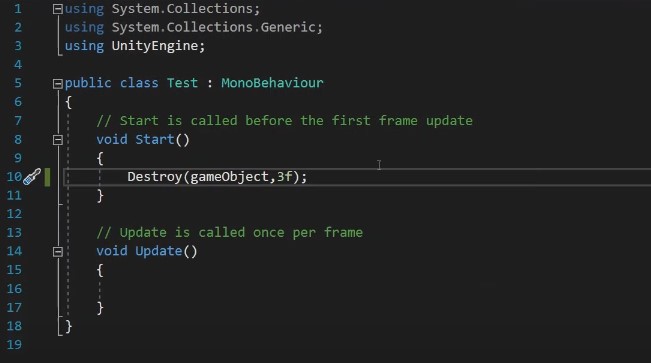Why Are There Lots of Programming Languages?
There are dozens of programming languages in use today, each with its own strengths and weaknesses. But why are there so many different languages? And why do they continue to proliferate? In this post, we’ll take a look at the results and why there are many available programming languages.
A Programming Language is Better at One Job
Developers have a wide range of programming languages to choose from, each with its own set of pros and cons. Some languages are better equipped for handling certain types of programs than others.

When choosing a language, developers must take into account the specific needs of the project at hand. For example, a language that is well suited for developing small applications might not be ideal for building large-scale systems.
In addition, some languages are more widely used than others, making it easier to find talented developers who are familiar with the language.
Examples of popular languages and their usages:
- PHP – A Language for the Web: PHP is a popular scripting language that is often used for developing web applications. PHP code can be embedded into HTML code, making it easy to create dynamic web pages. PHP is also relatively easy to learn, which makes it a good choice for beginners. In addition, PHP can be used on most web servers and operating systems, making it a versatile choice for developers.
- Java – A Language for Enterprise Systems: Java is a programming language that is often used for developing large-scale enterprise systems. Java code is compiled into bytecode, which can be run on any Java Virtual Machine (JVM). This makes Java a platform-independent language, which is one of its main advantages. In addition, Java has a large and well-established ecosystem of tools and libraries.
- Python – A Language for Artificial Intelligence: Python is a versatile programming language that is often used for developing artificial intelligence (AI) and machine learning applications. Python code is easy to read and write, making it a good choice for beginners. In addition, Python has a wide range of libraries and tools that can be used for AI and machine learning development.
- C++ – A Language for System Programming: C++ is a powerful systems programming language that is often used for developing low-level applications. C++ code is compiled into native machine code, which makes it a fast and efficient language. In addition, C++ provides developers with a wide range of features, making it a versatile choice for development.
- Matlab – A Language for Scientific Computing: Matlab is a popular language for scientific computing that is often used for numerical analysis and matrix computation. Matlab code is easy to read and write, making it a good choice for beginners. In addition, Matlab has a wide range of libraries and tools that can be used for scientific computing.
Different programming languages also have different levels of complexity. Some languages, like Python, are designed to be easy to learn and use, while others, like C++, can be more difficult to master. This is often due to the language’s syntax, or the way the code is structured.
Ultimately, there is no single “best” programming language; the best language for a given project depends on a variety of factors.
Why Do New Programming Languages Keep Appearing?
In addition to the many existing programming languages, new ones are constantly being created. There are a few reasons for this:
- To solve specific problems: When new problems come up, and existing languages can’t solve them, then a new language has to be created in order to address the problem. Rust is an example of a programming language that was designed for systems programming. This was because the problem at hand was struggles with coding languages not being able to perform well with security, speed, and reliability. Therefore, Rust was created as a solution for these specific problems that were identified. It goes to show that for any problem, there is always a solution waiting to be discovered; sometimes we just have to think outside the box to find it.
- To improve upon existing languages: Throughout the history of language, new languages have often been created as an improvement upon an existing one. For example, Swift was designed to be a more modern and user-friendly alternative to Objective-C. In many cases, the goal is to make the new language easier to learn and use, as well as more efficient. In some cases, a new language may also be designed to be more compatible with other languages or systems. As our world becomes increasingly interconnected, it is likely that we will see even more new languages being created in the years to come.
- To fill a niche market: A niche market is a group of consumers with specific needs that are not being adequately met by the products and services available in the mainstream marketplace. When it comes to language, there are certain niche markets that can be served by creating a new language specifically for their needs. For example, R is a programming language commonly used by statisticians and data scientists. The syntax and semantics of R are designed to meet the needs of this particular niche market, and as a result, it has become one of the most popular languages in its field.
- To experiment: Some languages are created as experiments, to test out new ideas or paradigms. Some languages are designed to test out new ideas or paradigms and never gain widespread adoption, but they can still influence the design of other languages.
The Bottom Line
There are dozens of programming languages in use today, each with its own benefits and drawbacks. Different languages are better suited for different tasks, and new languages are constantly being created to solve specific problems or fill a niche market. When choosing a language for a project, it’s important to consider which language will be most suitable for the task at hand.